Manage HTTP requests directly in the IDE
Create, edit, and execute HTTP requests in IntelliJ IDEA.
HTTP Client is a powerful tool for making HTTP, gRPC, GraphQL, and WebSocket requests.
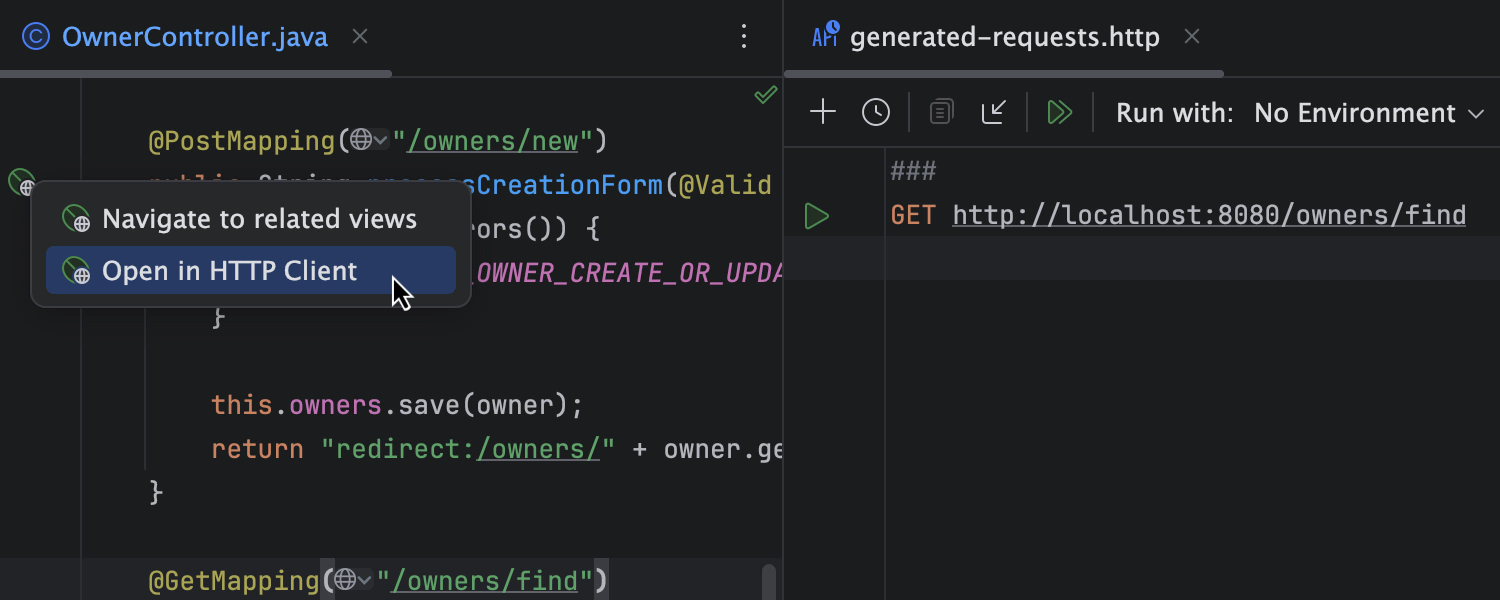
Generate HTTP requests in one click
Test server API calls before implementing them in the application. Generate and launch an HTTP request right from the editor inlay, gutter indicator, or URL context menu.
“You can create your GET and POST requests inside IntelliJ IDEA; so you don’t have to test them in the browser or use an external tool”

gRPC requests
If you start your requests with “GRPC”, the HTTP Client treats them as gRPC requests. You can generate gRPC requests from proto files and the Endpoints tool window and send the gRPC metadata.

GraphQL and WebSocket requests
You can send GraphQL queries via HTTP and WebSocket protocols out of the box. For http:// and https://, simple HTTP requests are used, ws:// and wss:// are delegated to the WebSocket executor.

OpenAPI completion
Create HTTP requests directly from OpenAPI files. Additionally, as you type requests in the HTTP file, the IDE provides the URL and request body completion based on the OpenAPI specification.
Built-in HTTP Client for your convenience

Import Postman collections
With IntelliJ IDEA, you can effortlessly transform Postman collections into .http files and manage them in the HTTP Client. All available HTTP Client features are applicable to the converted files.
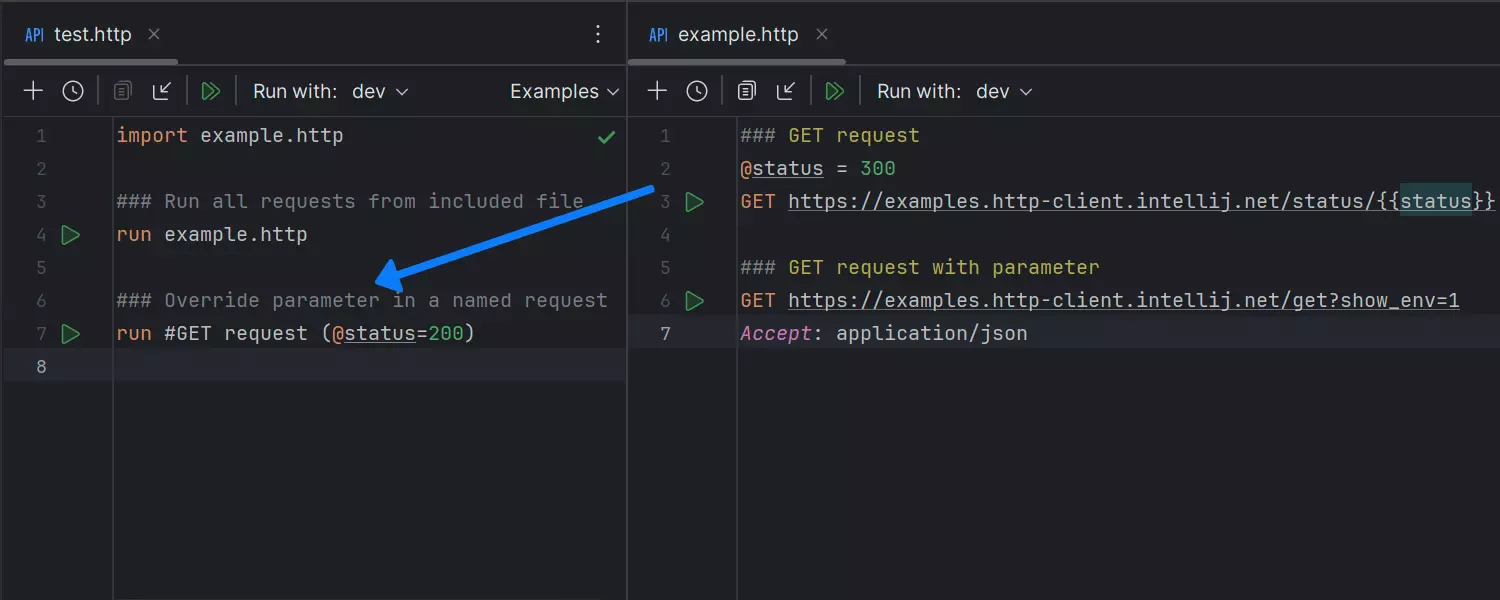
Run several requests simultaneously
Import and run requests – either all at once or specific ones by name – from one .http file to another.
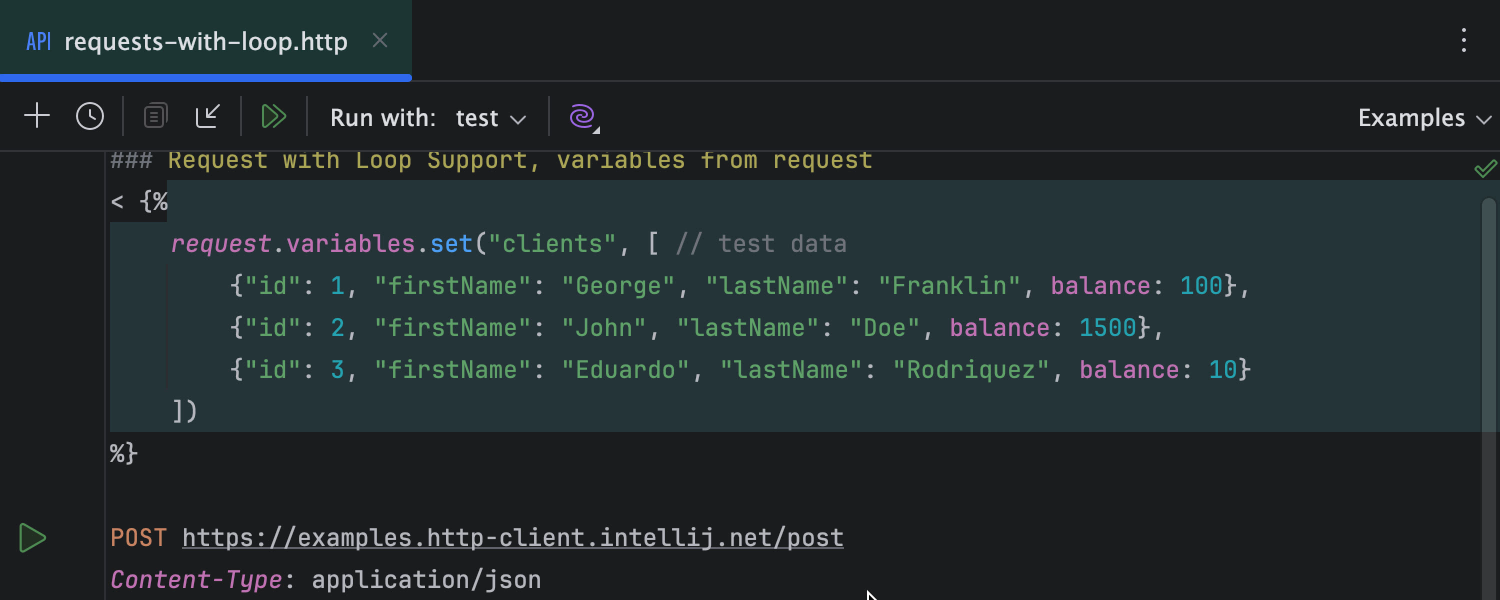
Iterate through variable collections
Compose a single HTTP request with a JSONPath collection in it, and HTTP requests will be sent for each element in this collection. You can also access specific collection items in post-processing scripts using JSONPath syntax.

Environment files
Environment files allow you to define and store environment variables and configurations for HTTP requests. With their help, you can easily switch between different environments (for example – dev, staging, and prod), apply environment-specific values to requests, and reuse previously defined configurations.
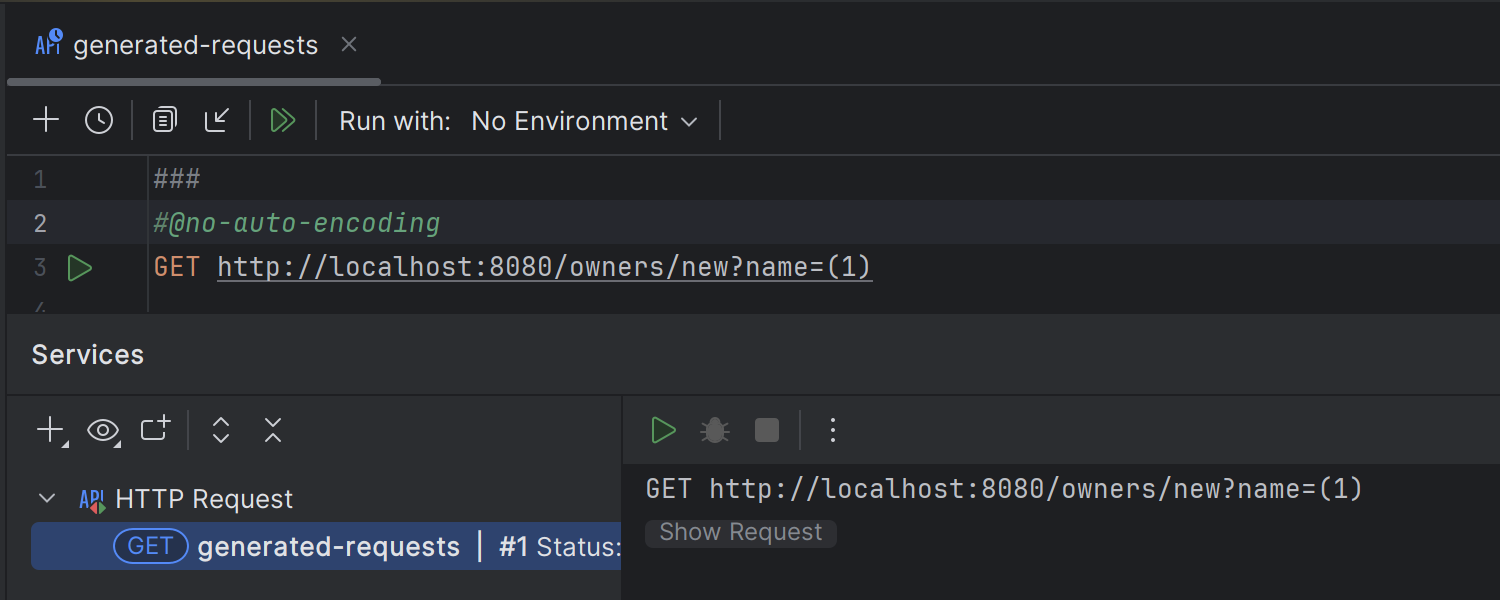
Preserve special characters in URLs
The HTTP Client automatically detects special characters in URLs and sends them without applying URL encoding, so your requests run exactly as intended.
Your requests – secured
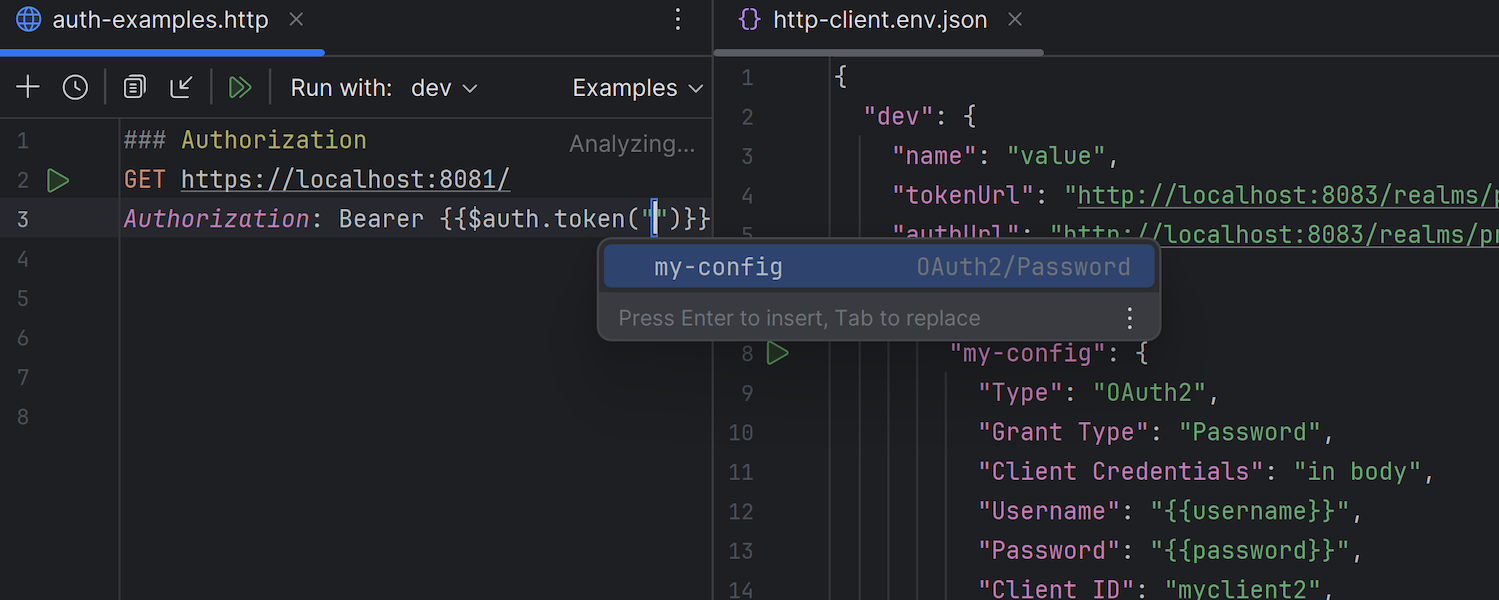
Easily authenticate with OAuth 2.0
The HTTP Client supports OAuth 2.0, allowing you to get access tokens, send authorized requests to protected resources, and sign in without leaving the IDE.
JavaScript handlers and tests
Handle complex cases, automate repetitive tasks, integrate with external systems through scripts.

Pre-Request and Response Handler scripts
You can write scenarios in JavaScript to manipulate requests before or after they are sent. Pre-scripts allow you to generate data for requests. Response Handler scripts run after receiving responses, allowing you to reuse them in subsequent requests.

JavaScript tests
The HTTP Client allows you to write various tests in JavaScript and run them as Response Handler scripts in the corresponding tab of the Services tool window. You can share these tests with teammates via Version Control Systems (VCS) and conveniently execute them on Continuous Integration (CI) platforms.
And even more

The HTTP Client CLI for continuous integration
The HTTP Client can work as a Command-Line Interface (CLI) tool, which enables you to execute HTTP requests directly from the terminal, independently of the IDE. You can also incorporate HTTP request testing into your Continuous Integration (CI) workflow. You can run the HTTP Client CLI on any CI service supporting Docker images.
HTTP Client tutorials

Guides
- Compose HTTP requests
Learn how to easily add a request right in the editor without leaving the IDE. - Execute HTTP requests
Learn how to test your web service.
